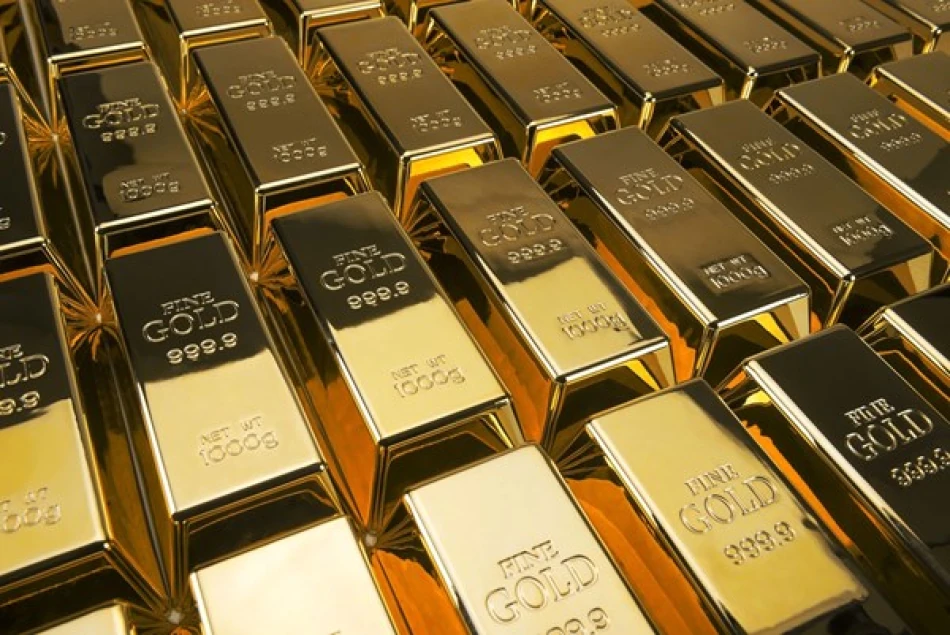
Trump Exempts Gold from Additional Tariffs, Boosting Precious Metal's Appeal
Trump Reverses Course on Gold Tariffs After Market Surge Hits Record Highs
President Donald Trump has declared that U.S. gold imports will remain tariff-free, walking back customs officials' earlier announcement that certain gold bars would face new duties. The reversal comes after gold futures spiked to record levels following initial confusion over the precious metal's tariff status, highlighting the outsized impact of trade policy uncertainty on commodity markets.
Swift Policy U-Turn Follows Market Chaos
Trump's brief statement on Truth Social—"No tariffs will be imposed on gold"—provided no additional details but effectively countermanded guidance from U.S. Customs officials. The customs agency had previously indicated that one-kilogram and 100-ounce (2.8 kilogram) gold bars would be subject to the administration's broader tariff framework.
The initial tariff threat sent gold futures soaring to all-time highs on Friday, as traders rushed to price in the potential supply disruption and increased costs for physical gold imports. The dramatic price movement underscores how quickly precious metals markets can react to policy signals, particularly given gold's role as both an industrial commodity and a hedge against economic uncertainty.
Strategic Implications for U.S. Gold Markets
Import Dependency Creates Vulnerability
The United States imports significant quantities of refined gold products, making tariffs particularly disruptive to domestic markets. Unlike manufactured goods where tariffs might protect domestic producers, gold tariffs would primarily have raised costs for American refiners, jewelry manufacturers, and investors without creating meaningful domestic production incentives.
Inflationary Pressures Avoided
Trump's reversal likely prevents additional inflationary pressure on gold-dependent industries. Jewelry manufacturers and electronics companies that rely on gold inputs would have faced higher production costs, potentially passing these increases to consumers already grappling with broader price pressures.
Market Dynamics and Investor Response
The gold market's explosive reaction to the initial tariff announcement demonstrates the precious metal's continued sensitivity to supply-side disruptions. Unlike previous trade disputes focused on manufactured goods, commodity tariffs create immediate price distortions that ripple through financial markets.
Professional traders and institutional investors likely viewed the potential gold tariffs as fundamentally different from typical trade protection measures. Gold's dual role as both a commodity and a monetary asset means that artificial price increases through tariffs could have undermined its effectiveness as an inflation hedge—precisely when investors might need that protection most.
Broader Trade Policy Implications
This rapid policy reversal suggests the administration may be more responsive to market feedback on commodity tariffs than on manufactured goods. The immediate and dramatic price response in gold futures likely provided clear evidence of the policy's economic impact, making the case for reversal more compelling than typical industry lobbying efforts.
The episode also highlights the ongoing tension between broad tariff policies and specific market realities. While tariffs on manufactured goods can protect domestic industries, applying the same logic to globally traded commodities like gold often produces different economic outcomes that may conflict with broader policy objectives.
 Layla Al Mansoori
Layla Al Mansoori







